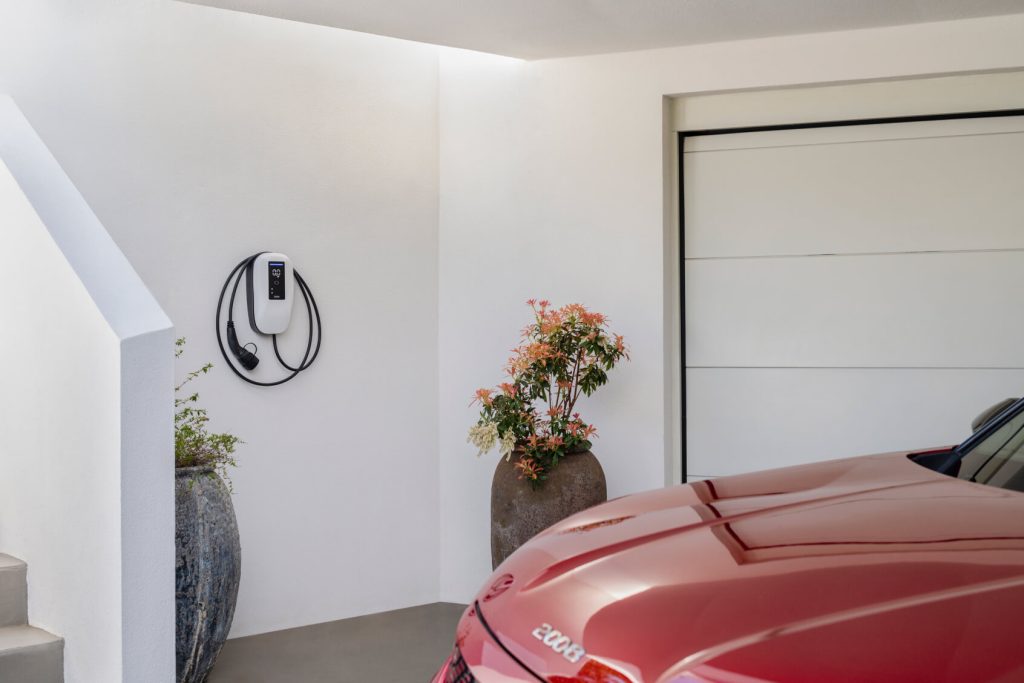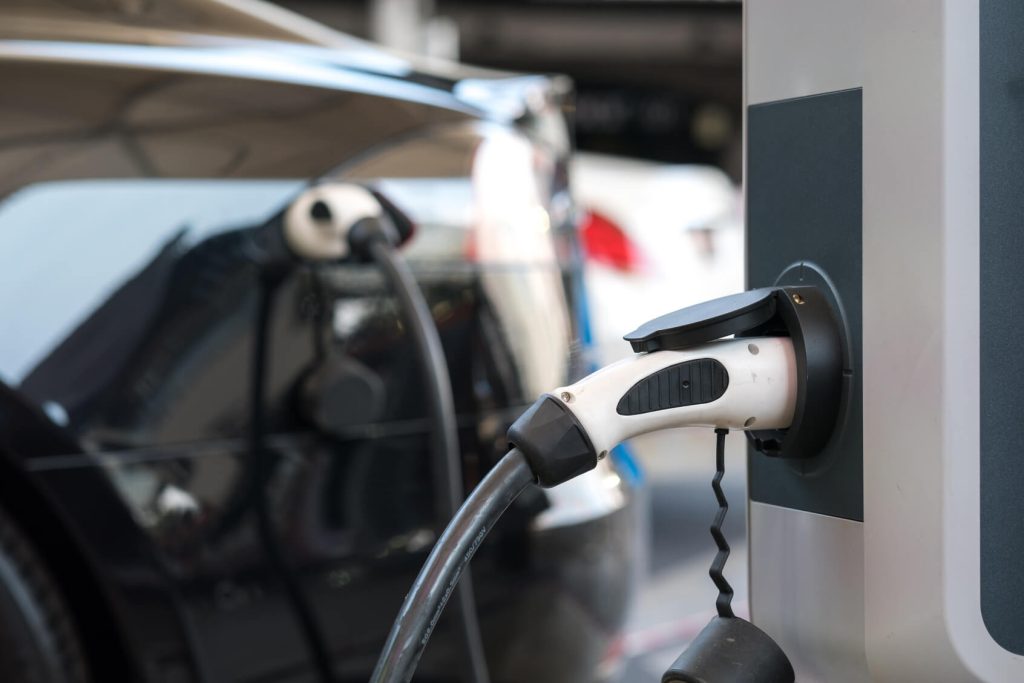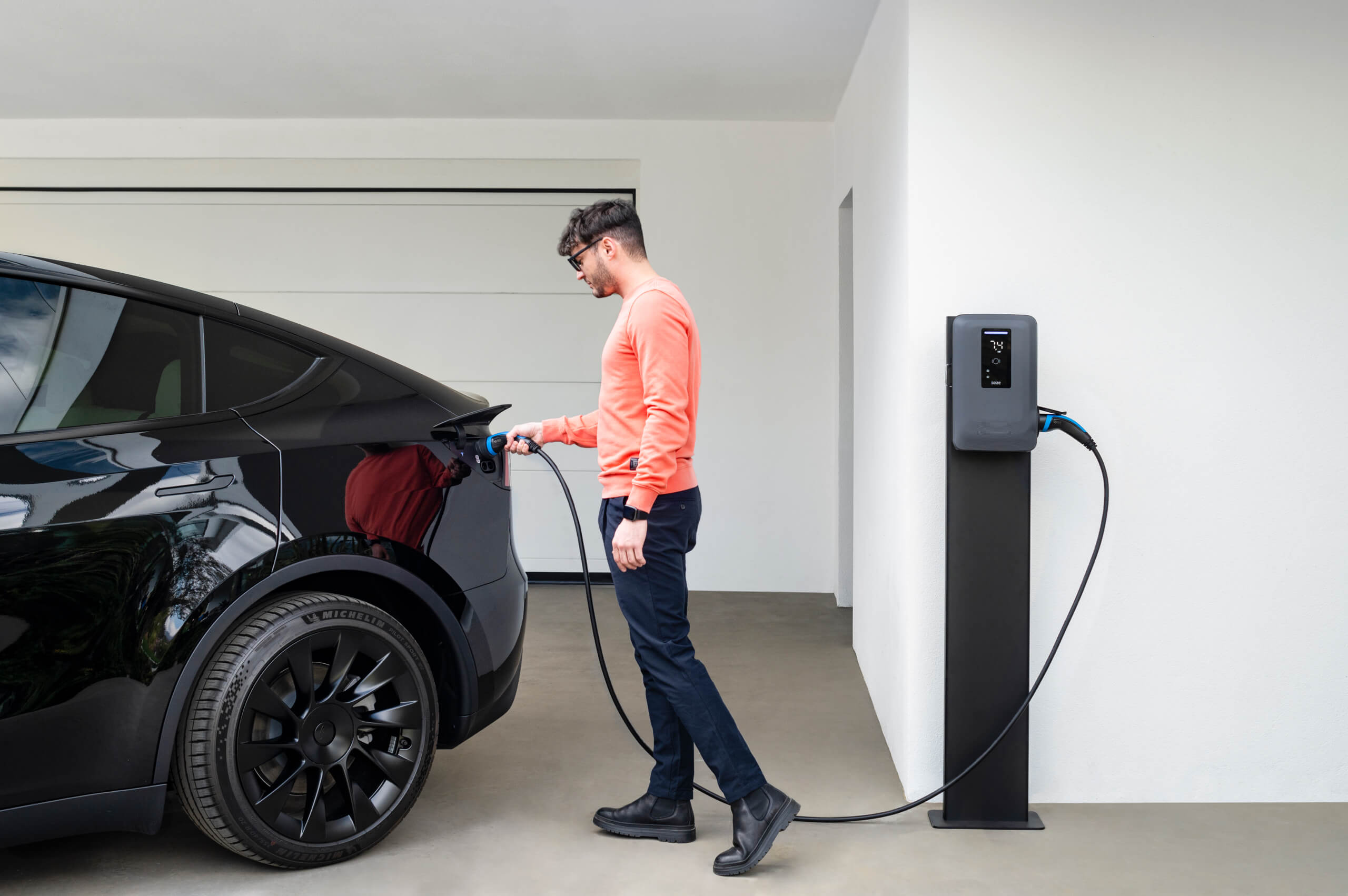Every era has its own urban features that change the way we live and interact with the surrounding space. From obelisks to sundials, from statues to bell towers, each characteristic element of every era has left its mark on the history of our cities. Today, the urban landscape is evolving once again, with new elements emerging along our streets: charging stations and wallboxes for electric vehicles.
We are beginning to notice these devices popping up as colorful points along avenues, in parking lots, and in the places we frequent. They have become an integral part of our way of life, offering us the opportunity to recharge our electric vehicles during our daily activities, such as shopping, working, or overnight. These devices symbolize the times, a symbol of safety and progress in an era where we are reevaluating our approach to energy.
The differences between charging stations and wallboxes are significant and substantial. With the help of Daze, we will discover how these structures integrate into modern urban design and our daily lives, contributing to the electric mobility revolution. Although these two terms are often mistakenly considered synonyms, it is important to understand the unique characteristics of each and the roles they play in our everyday lives.
Charging Stations: Power and Speed for Public Charging
Charging stations for electric vehicles stand as symbols of a new era in sustainable mobility. Strategically positioned along roads, in public parking lots, and at service stations, these infrastructures provide a solution for fast direct current (DC) charging of electric vehicles. One of the distinctive features of public charging stations is their high power output. They are designed to deliver a significant amount of energy in a short period, enabling rapid vehicle charging.
The power output of public charging stations can vary but generally ranges from 50 kW to up to 350 kW in ultra-fast charging stations. This means that a vehicle can be charged in a relatively short time, allowing drivers to embark on long-distance journeys without range anxiety. For instance, at a 150 kW fast charging station, an electric vehicle could receive a charge that enables it to cover approximately 150-200 kilometers in just 30 minutes of charging.
The charging speed offered by public charging stations is particularly valuable during long trips, quick stops, or when a fast recharge is needed to continue the journey without interruptions. These infrastructures help alleviate concerns about the range of electric vehicles, providing a practical and reliable solution for long-distance mobility. Furthermore, public charging stations are equipped with standardized plugs and connectors, allowing various electric vehicle makes and models to benefit from the charging.
This interoperability is a key element for seamless electric mobility since users can access charging stations regardless of their vehicle’s model or the electric mobility service provider. Public charging stations thus represent a fundamental cornerstone in charging infrastructure, offering both power and speed for long-distance electric mobility.
Thanks to these infrastructures, drivers can experience greater freedom and confidence in choosing electric vehicles, knowing they have access to a network of fast and reliable charging to meet their travel needs.
Public charging stations not only provide a practical solution for fast electric vehicle charging but also contribute to long-term pollution reduction and promote widespread adoption of renewable energy sources.

Wallbox: Versatility and Convenience for Home Charging
While public charging stations are an ideal option for fast charging during trips and short stops, wallboxes focus on the convenience of residential and private charging. Wallboxes are charging devices installed at home or in private settings such as condominium or corporate parking lots, offering a practical and accessible solution for electric vehicle owners.
One of the key features of wallboxes is their versatility. They can be adapted to different user needs, offering various charging power options. Wallboxes can deliver power ranging from 7.4 kW of a single-phase up to 22 kW of a three-phase. This allows for efficient and personalized charging for electric vehicles, optimizing the charging time based on individual needs. Convenience is another key advantage offered by wallboxes. Since they are installed at home or in private locations, electric vehicle owners can enjoy immediate access to charging without the need to queue or search for public charging points.
The simple act of connecting the vehicle to the wallbox during downtime or overnight keeps the vehicle’s battery charged and ready for the next journey. This leads to greater convenience and autonomy for drivers, eliminating range anxiety and providing a private and personalized charging experience.
Wallboxes also offer an advantage in terms of energy efficiency. Thanks to the ability to program and control the charging process, it is possible to manage the power delivered and take advantage of smart pricing options, such as cheaper electricity rates during nighttime charging, or the use of energy from renewable sources, like solar energy through the installation of photovoltaic panels.
This allows for the optimization of available electricity usage, reducing energy costs and making a significant contribution to a more sustainable energy grid.
Wallboxes, therefore, represent a flexible and cost-effective solution for residential electric vehicle charging. Their versatility, convenience, and ability to adapt to individual needs enable owners to enjoy efficient and personalized charging right at home or in private settings.
Wallboxes provide a practical and tailored way to integrate electric mobility into everyday life, offering a smart solution for home charging.

Charging Station or Wallbox? Technology for Every Need
The choice between charging at public charging stations and using a wallbox depends on several factors that should be carefully evaluated. First and foremost, the frequency of electric vehicle usage can influence the decision.
If you primarily use your vehicle for long-distance travel or require fast charging during stops, public charging stations offer a convenient and speedy solution. On the other hand, if your vehicle is mainly used for daily commutes and you have the option to charge it at home or in a private setting, a private wallbox might be the more suitable choice.
Another crucial factor is the availability of public charging points in your area. If you live in an area with numerous well-distributed and easily accessible public charging stations, relying on this infrastructure might be convenient. Conversely, if your area has limited coverage of public charging stations, it could be more advantageous to install a private wallbox to ensure easy access to charging at home.
Charging speed is another aspect to consider. Public charging stations offer fast direct current charging, ideal for a journey or quick stops. Private wallboxes, on the other hand, may have lower charging power but provide the convenience of home charging and can be programmed to take advantage of cost-effective energy rates or renewable sources. Finally, it’s essential to assess the cost and accessibility of both options.
Public charging stations may require payment for usage, although subscription models and competitive rates are becoming more common. Private wallboxes require an initial investment for purchaseand installation but offer the convenience of home charging without additional costs.
Ultimately, the choice between public charging stations and private wallboxes depends on individual needs and circumstances. Both options offer advantages and can complement each other in creating a complete and convenient electric charging network for sustainable mobility.
It is important to carefully and personally evaluate all these aspects, as even advice received from acquaintances or read on various websites, no matter how competent and reliable, may not be what we need for our specific case.

Symbols of an Ecological Era
The introduction of electric vehicle charging solutions such as wallboxes or public charging stations is not just a change that concerns the field of mobility or the automotive industry. Roads and homes are transforming their infrastructure, embracing this new form of sustainable mobility capable of providing a practical and intelligent solution to the challenges of our times. They represent the first tangible signs of a new era opening up before us.
